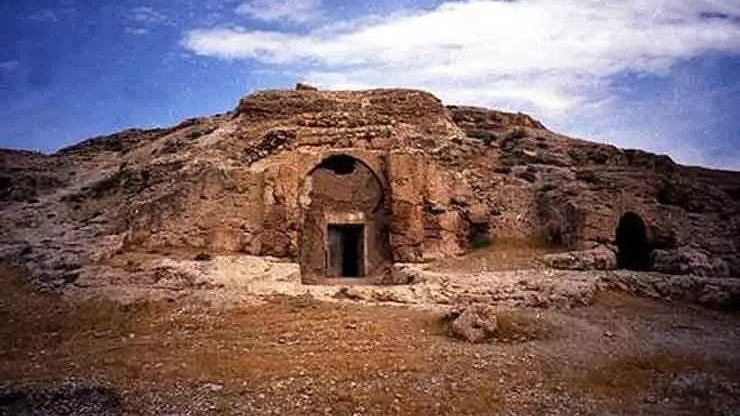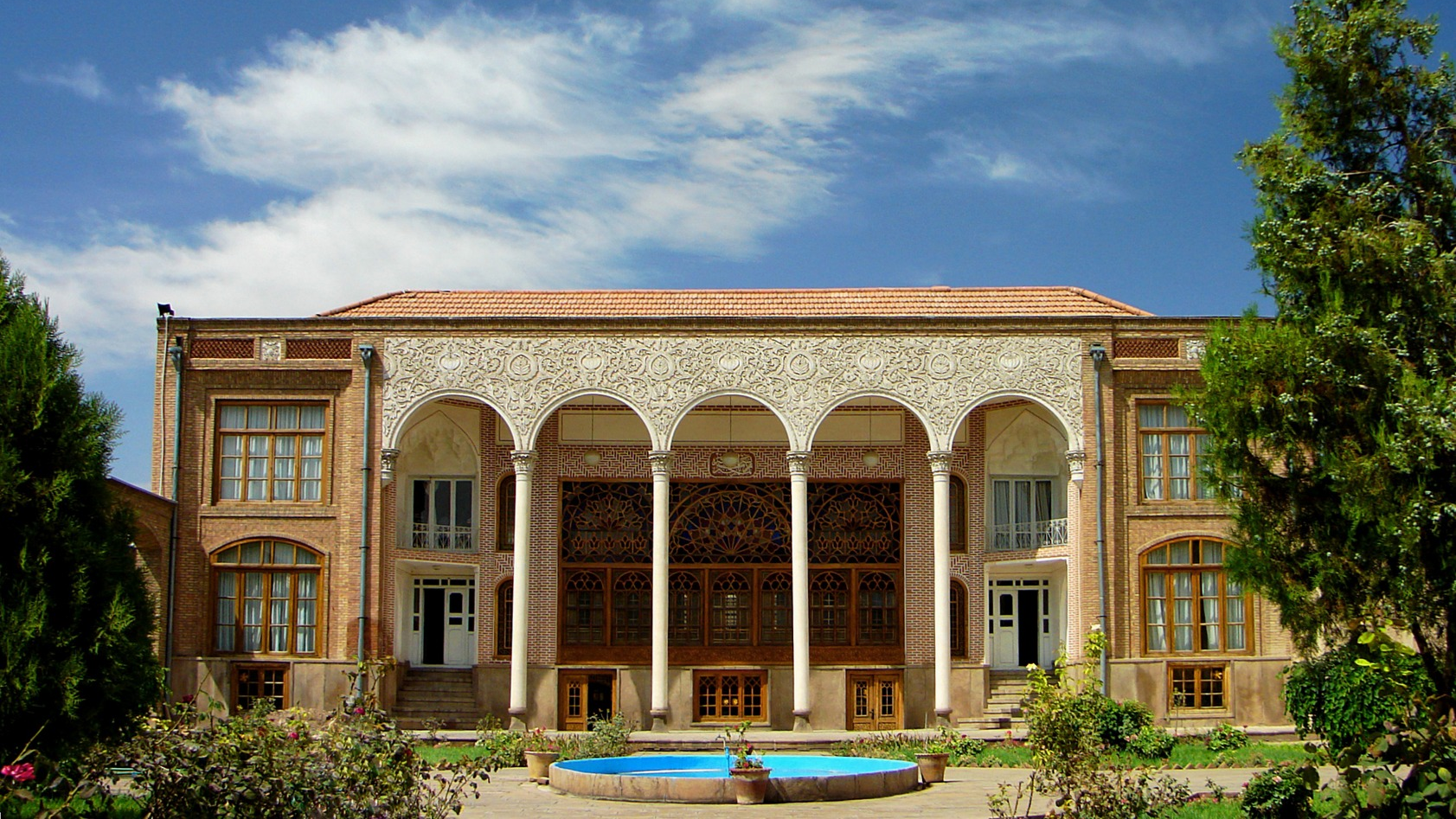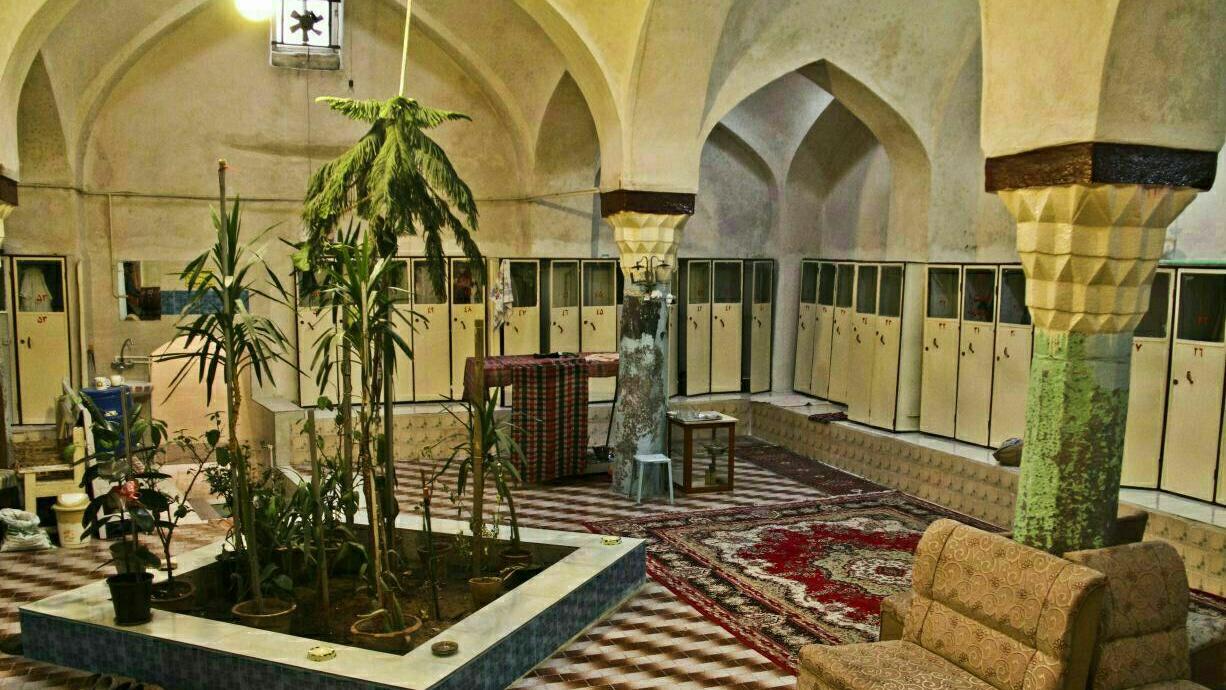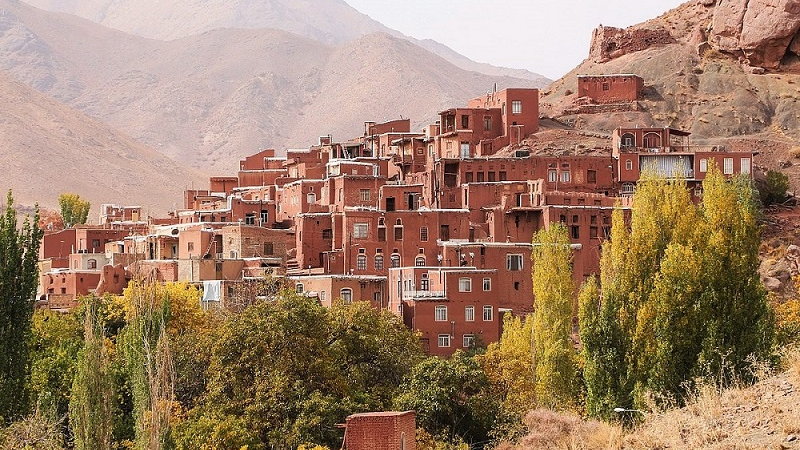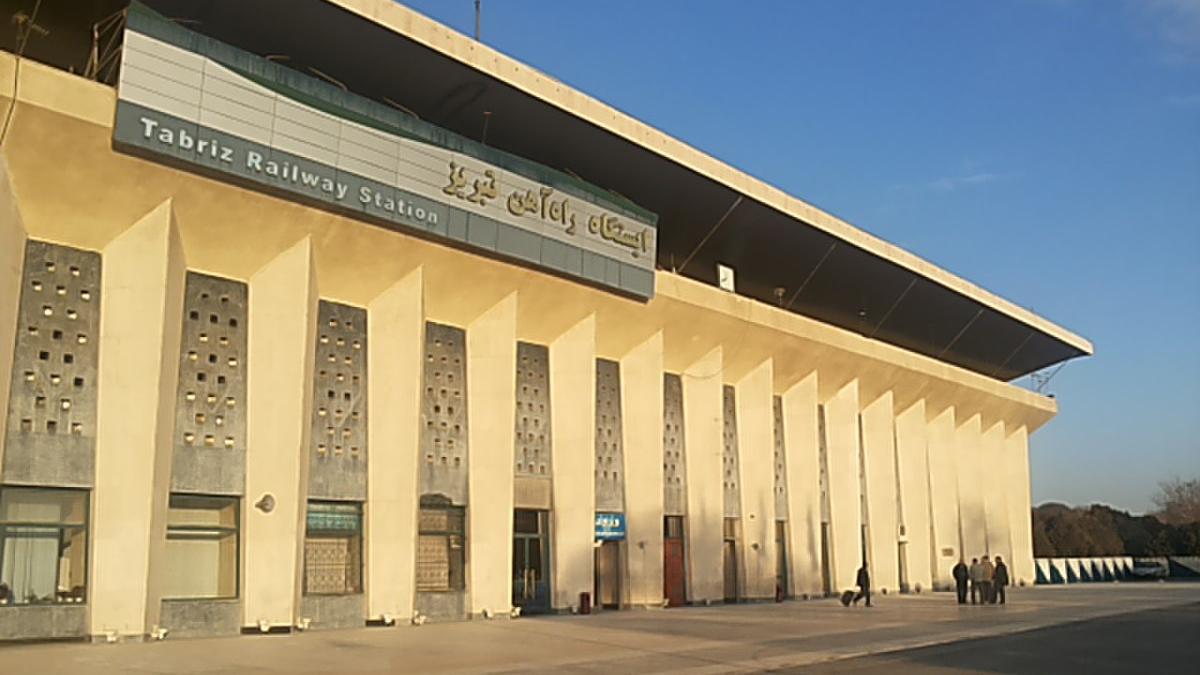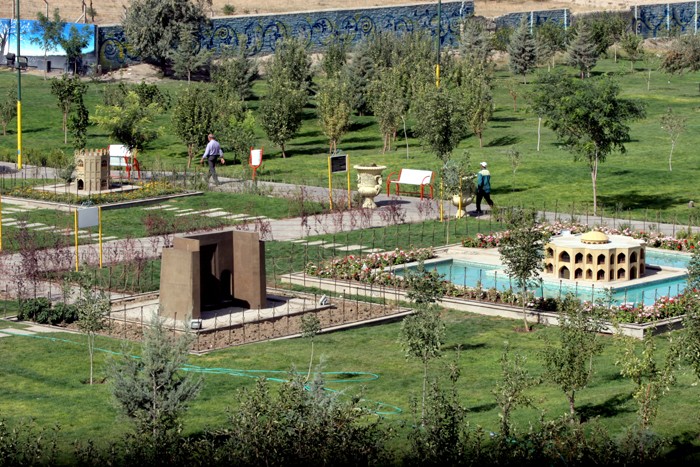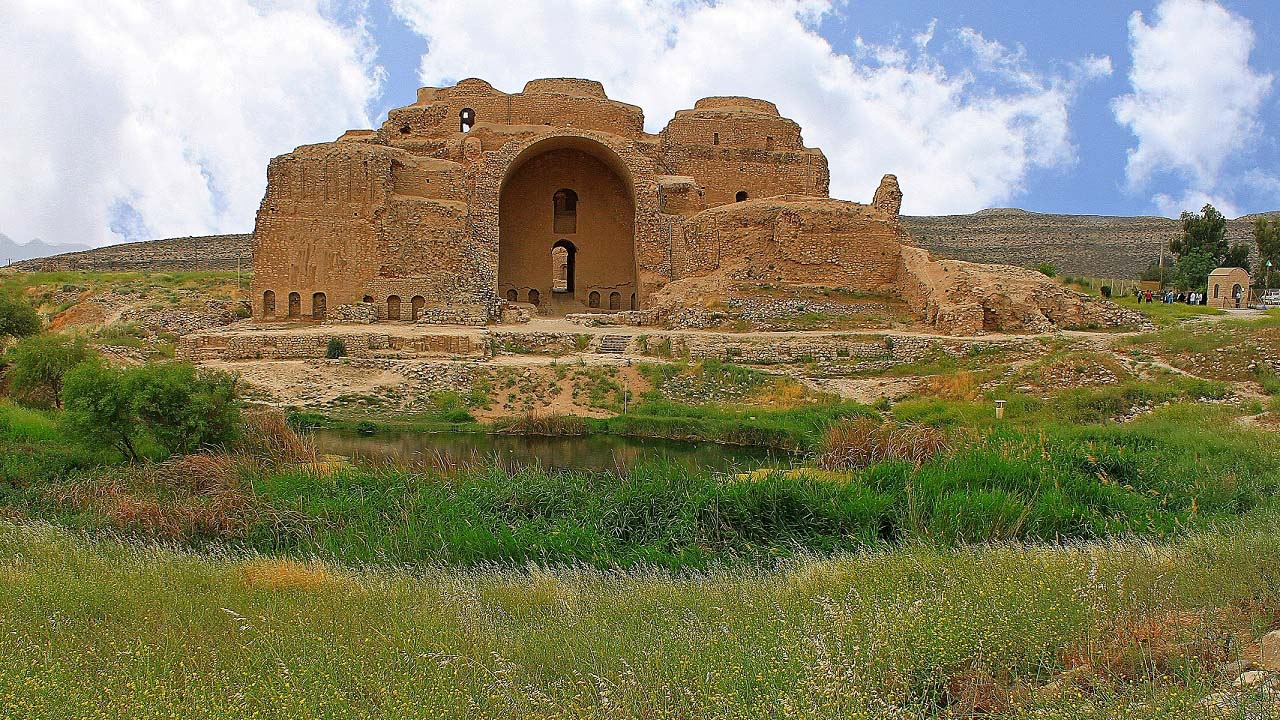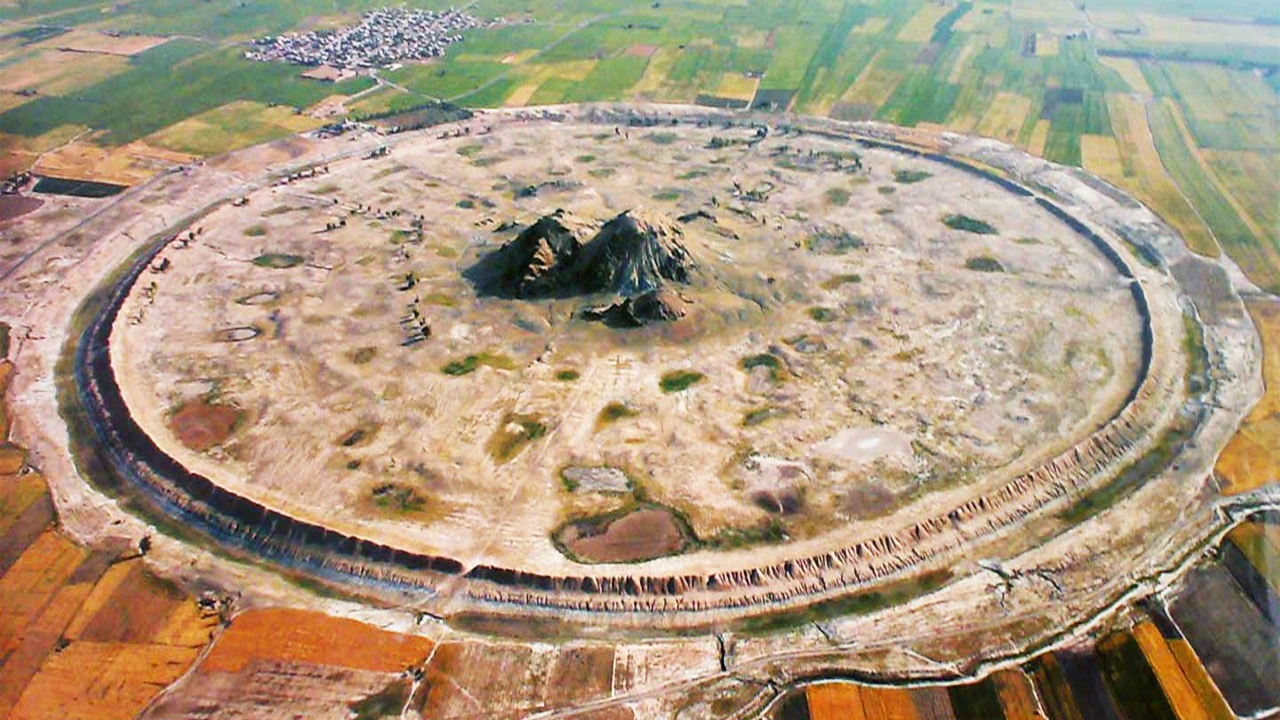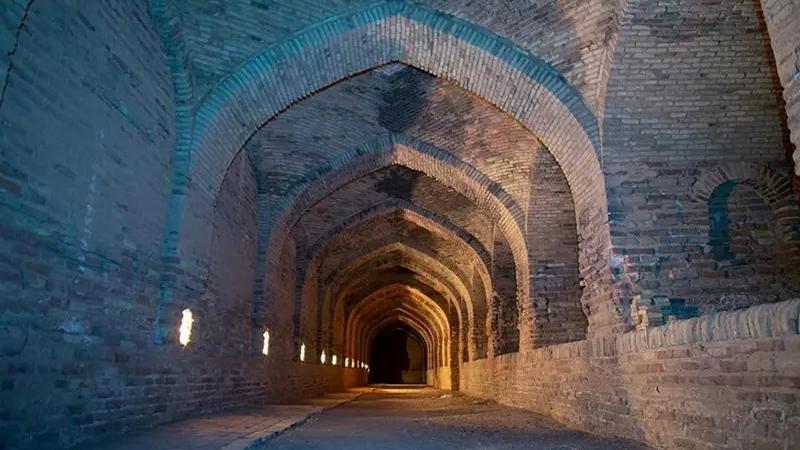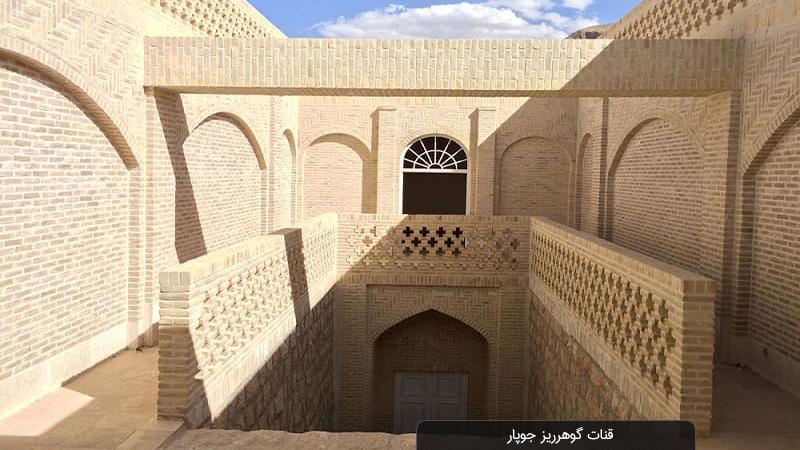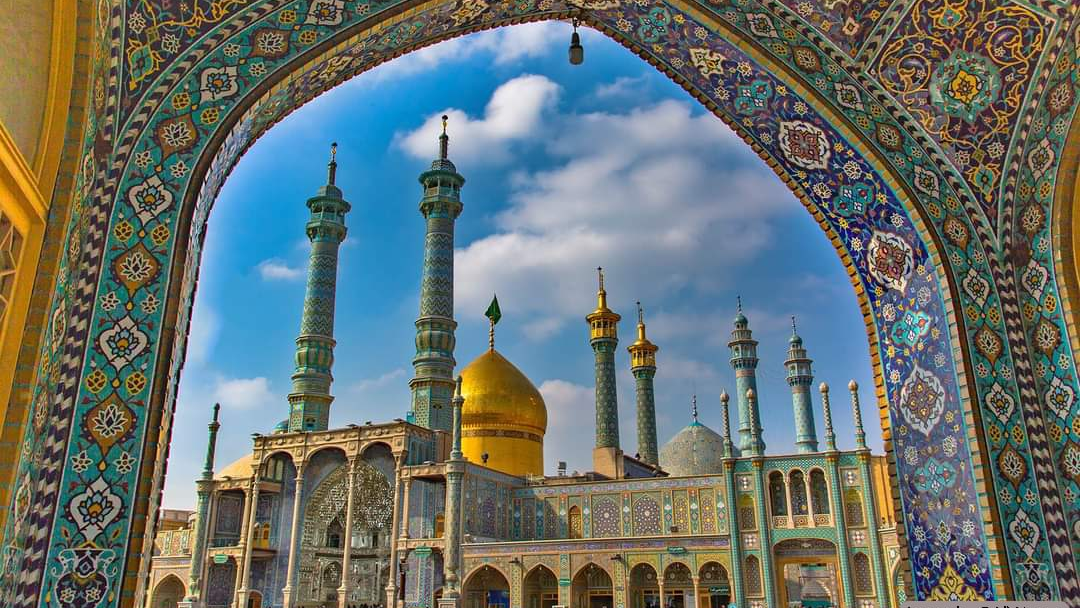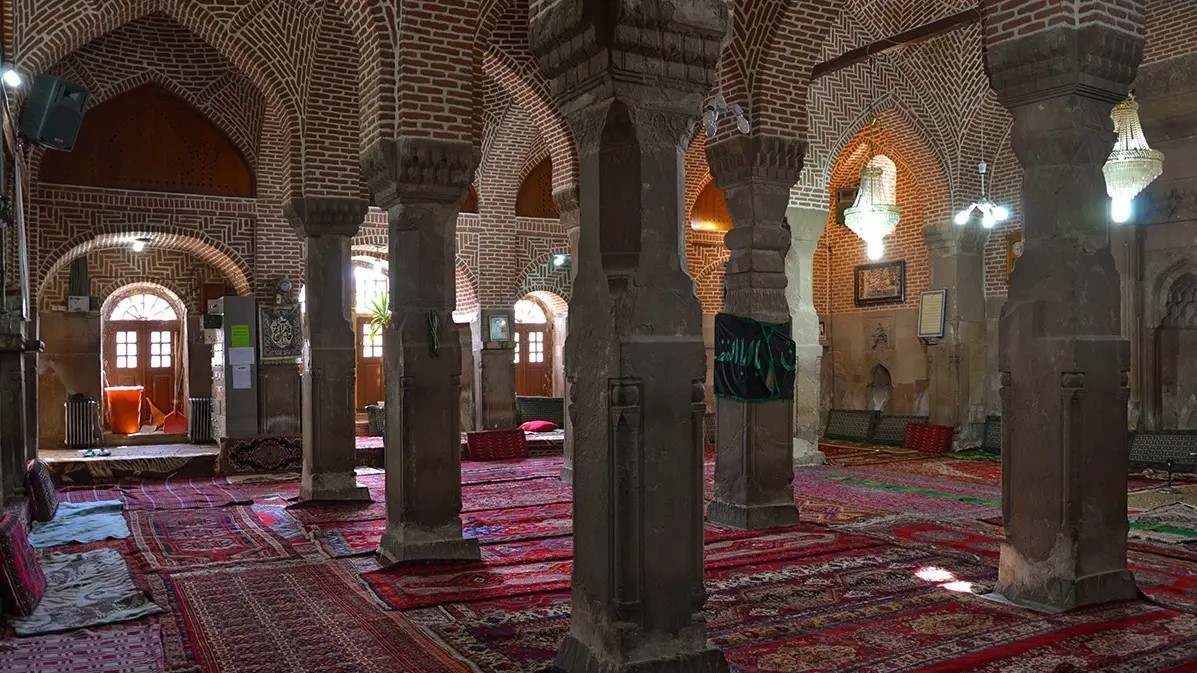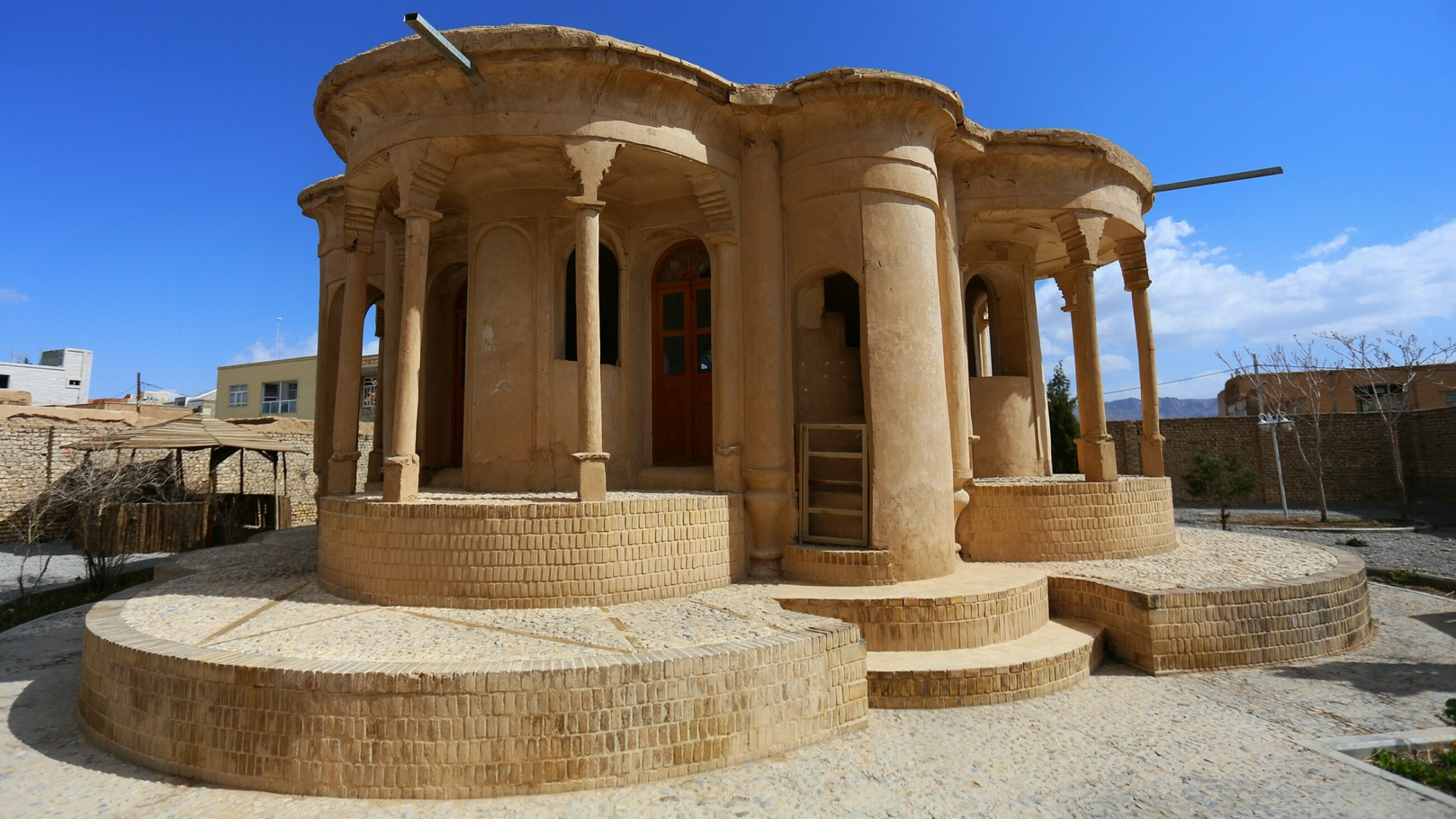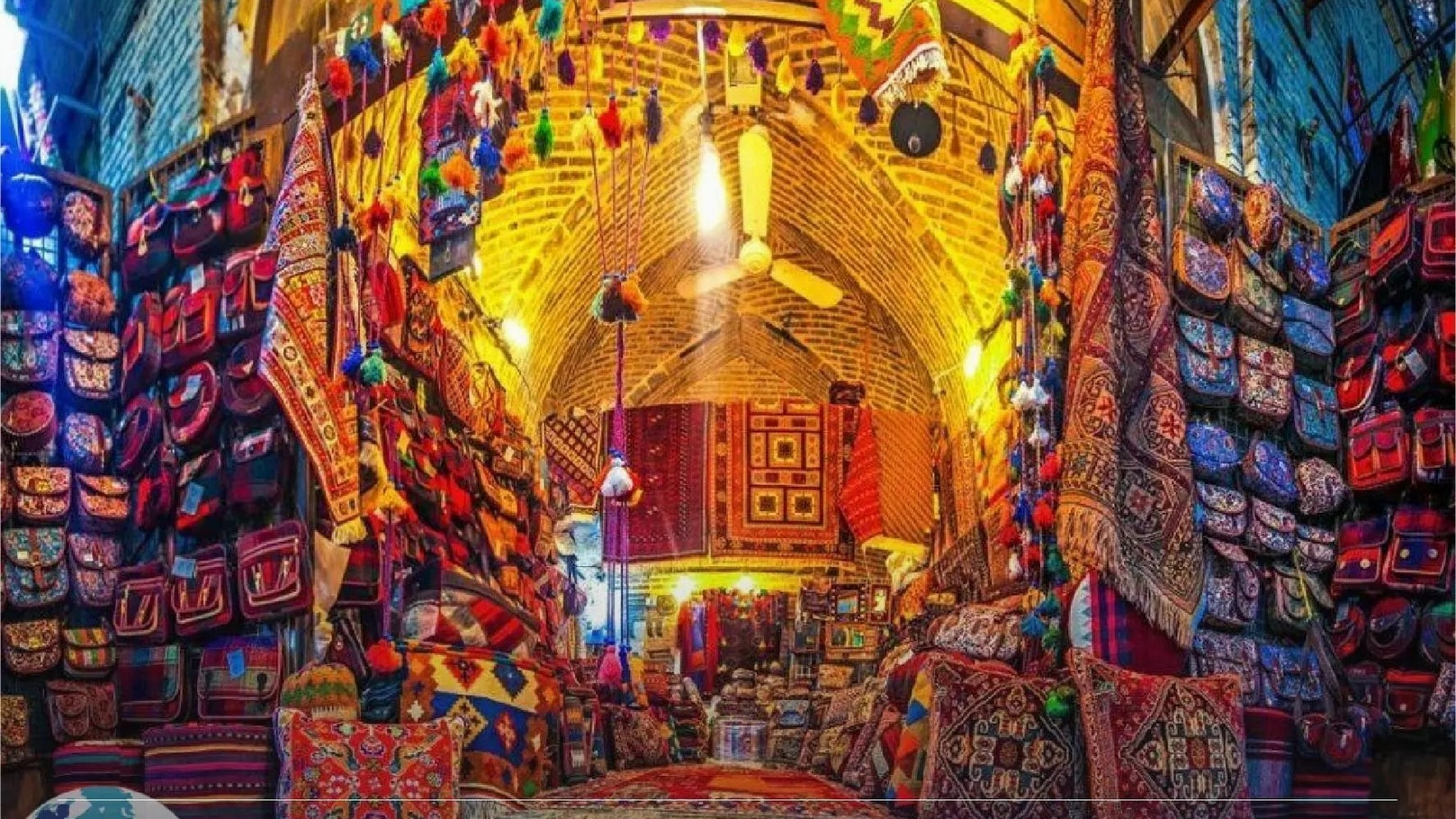 در تخت جمشید_crop_1_crop_1.jpg)
Persepolis
Persepolis is one of the most important and famous ancient monuments in the world, and visiting it can be a turning point in the life of all tourists. Persepolis is about 75 kilometers away from Shiraz and was considered the capital of the Achaemenid Empire (550 to 330 BC).
History
This monument was established as a palace complex at the foot of a mountain called Kooh-e Mehr (Mitra Mountain) by the order of the Achaemenid king, Darius the Great, in 518 BC. After Darius, this building was expanded by Xerxes and Ardashir I and stretched over an area equal to 125 thousand square meters. The complex consisted of residential palaces, defense buildings, and treasury houses.
Some archaeologists consider Persepolis to be a building with a special function, and the main reason for it is the celebration of Nowruz, the Iranian New Year. According to some others, Persepolis was established as a political, economic, and administrative center and expanded to this extent with the aim of flaunting the power of the empire.
Achaemenid Architecture of Persepolis
To build this complex, the best materials were collected from all over the empire. It is possible that all the ethnic groups that lived in the territories under this empire, offered the best materials and skills for the construction of Persepolis as a sign of their loyalty to the king.
The first entrance gates of this monument were located in the south and visitors had to pass through a staircase to access the palace. Four large inscriptions in cuneiform with the name of Darius the Great on them can be seen on the right side of this gate, two of which are written in old Persian language, one in Elamite language, and one in Babylonian language. These inscriptions also contain some information about Persepolis, the people who played a role in its construction, and Darius’ beliefs and thoughts.
Visitors to Persepolis can enter through the entrance that was built during the time of Xerxes. This staircase is located in the western part of the monument, which leads to the main front of Persepolis and its large gate by climbing about 100 steps.
Persepolis comprises the following different parts:
The Gate of All Nations
In this part, a square-shaped hall with four columns was built, which had three stone entrance doors. Two very large winged bulls are installed on the east and west entrances. There are six inscriptions, scripted in cuneiform, above the entrances. The administrative building of Darius the Great opened to the Hundred Pillar Hall in the east and the Apadana building in the south. Xerxes built this gate so that representatives of different countries could enter Persepolis through it.
The Apadana Palace
This building is also known as Darius’ Public Meeting Palace. Among the buildings of Persepolis, Apadana is the biggest. The staircases built at the entrance have been decorated with indescribable inscriptions. Out of the 72 columns of this building, only 13 are left today and no trace of the roof above the columns is left anymore.
The Tachara Palace
This part is known as the exclusive palace of Darius and is considered the oldest part of Persepolis. The inscriptions of this section are in cuneiform scripts from the Achaemenid period, the Pahlavi script from the Sasanian period, and modern Persian from the Qajar period.
Xerxes’ Harem
This structure is located in the west of the treasury and the largest one-piece stone slab of Persepolis can be seen in it. No infrastructure had been used for the construction of this building and it was built on a natural bedrock, which speaks of the knowledge of Achaemenid architects about the type of bedrock. Today, this building is used as the Persepolis Museum and the administrative center for research on this complex.
Tripillon (Central Palace)
This small building is located in the center of Persepolis and it was probably built by Xerxes or Ardeshir I. There are many decorations in this palace. The inner walls are completely carved and three entrance doors, two corridors, and one staircase have been built to connect it with other palaces. This architectural form shows that this palace was used for important meetings.
The Hadish Palace
This part was the palace and temporary residence of Xerxes, which has an area twice as large as Tachara. Two staircases in opposite directions with beautiful reliefs were the way to enter this palace.
Treasury
Built during the time of Darius, it was expanded by Xerxes like a fortress. The presence of a thick clay wall to protect this building shows its importance. There is only one entrance, from the north-east corner of the building to limit access to the vast wealth that was housed there.
The Throne Hall (Also called Hundred-Columns Palace)
In terms of size, this hall is the second palace in the Persepolis complex, which was used for receiving people. The location of this hall is in the northern part of the treasury and the eastern part of the Apadana Palace. 10 rows of 10 columns in this building supported the roof.
Royal Hill
The stone graves of Ardeshir III, Ardeshir II, and Darius III are located in Persepolis. These graves overlook Persepolis and are decorated with petroglyphs.
Archaeological Discoveries of Persepolis
Despite the fact that several exploration operations have been carried out in Persepolis, many facts about it remain hidden. In these years, more than 30,000 clay tablets have been discovered in Persepolis, most of which are written in Elamite language and contain valuable information about the Achaemenids. The work methods and workers’ rights are recorded in these tablets, which shows that the Achaemenians did not use forced labor to build Persepolis, but all workers were paid and were covered by some kind of labor insurance.
Another important discovery made in Persepolis is the complex sewage system using underground canals of about two kilometers long, the depth of which, in some parts, are five to six meters. With this system, sewage and rainwater went to the southeast corner of the complex and entered the drainage system. A large well was dug at the foot of the mountain, which functioned like a flush tank and cleaned the canals.
Having been inscribed on the list of Iran’s national heritage in 1931, Persepolis was one of the earliest Iranian monuments to be inscribed on the list of UNESCO World Heritage.
| Name | Persepolis |
| Country | Iran |
| State | Fars |
| City | Marvdasht |
| Type | Historical |
 در تخت جمشید_crop_2.jpg)
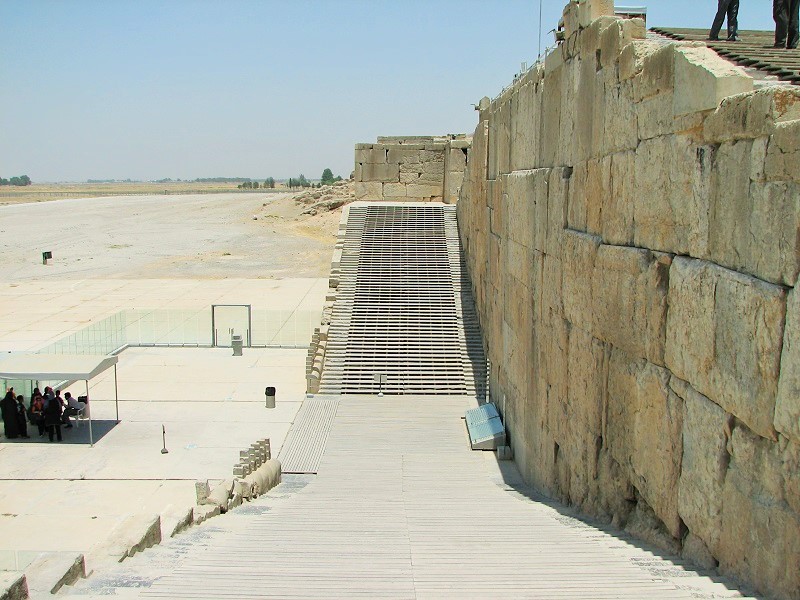
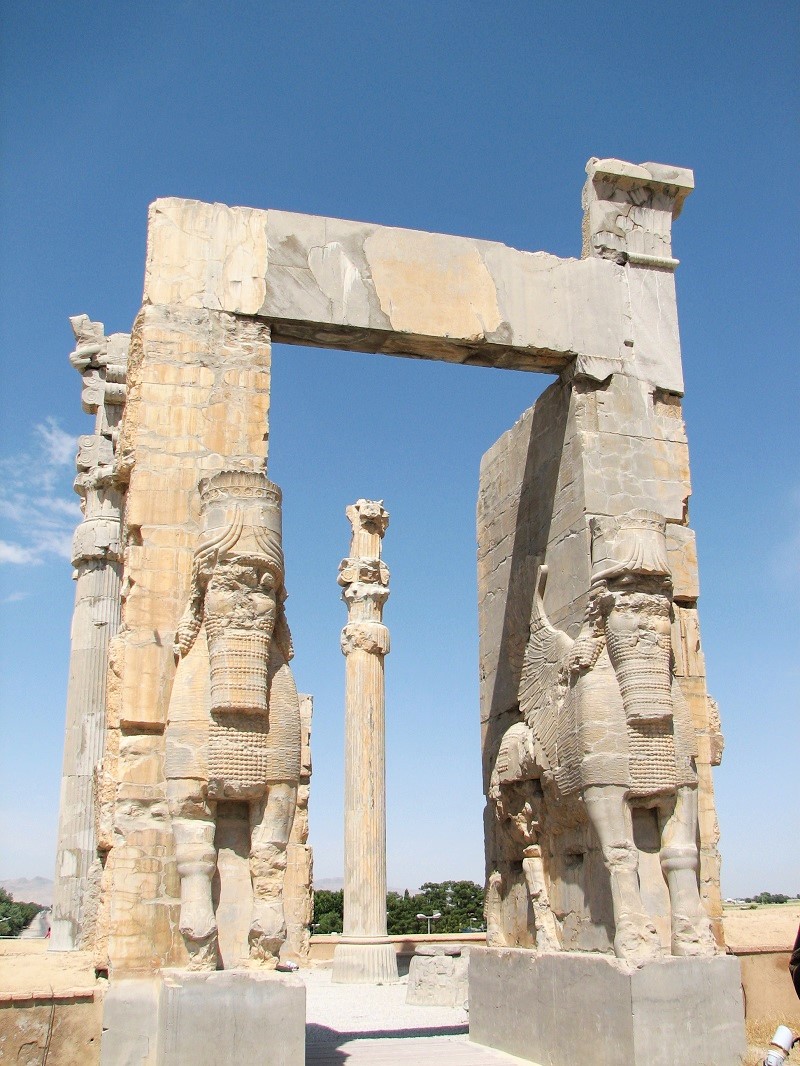
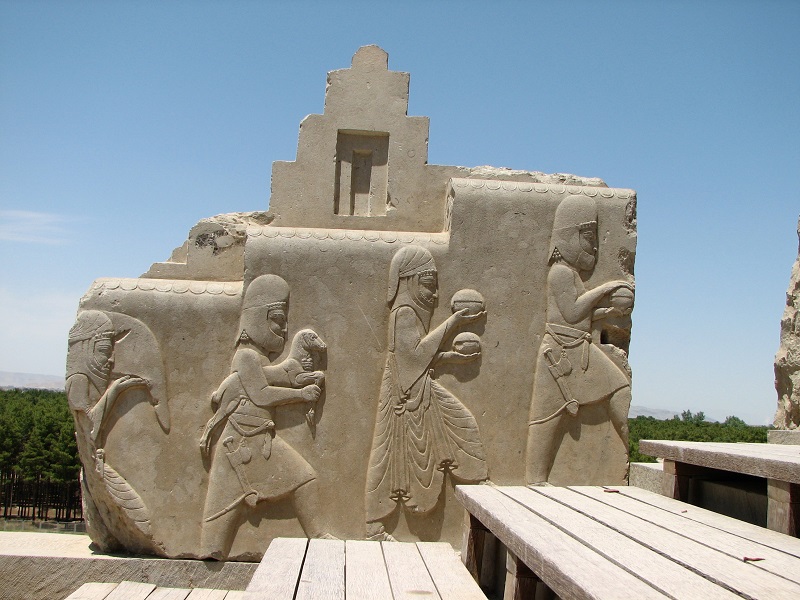
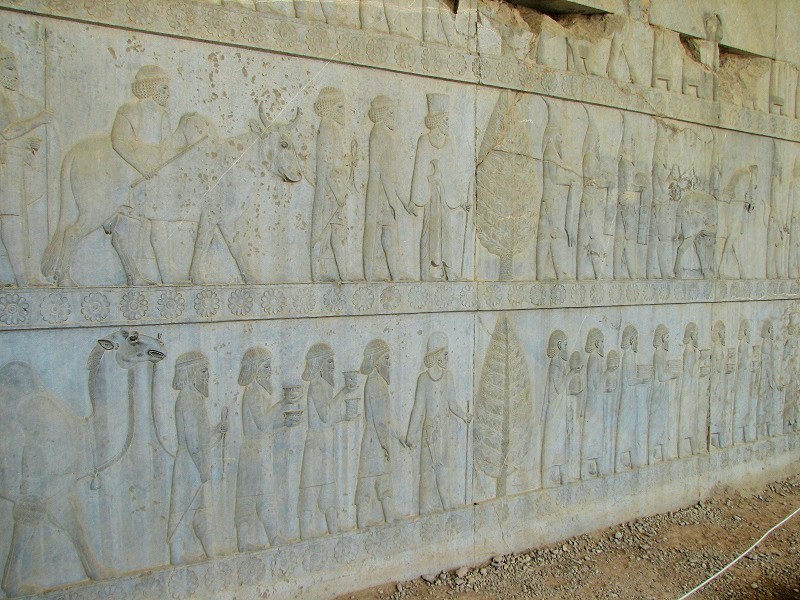
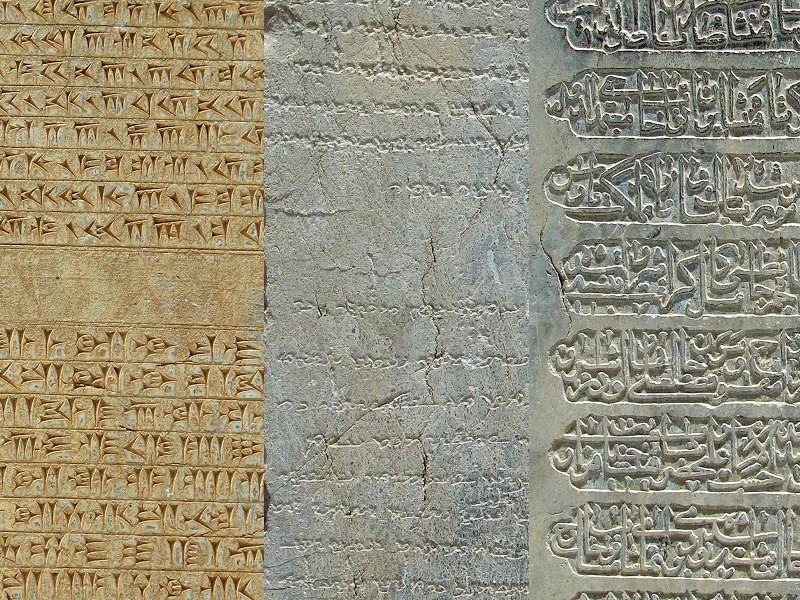
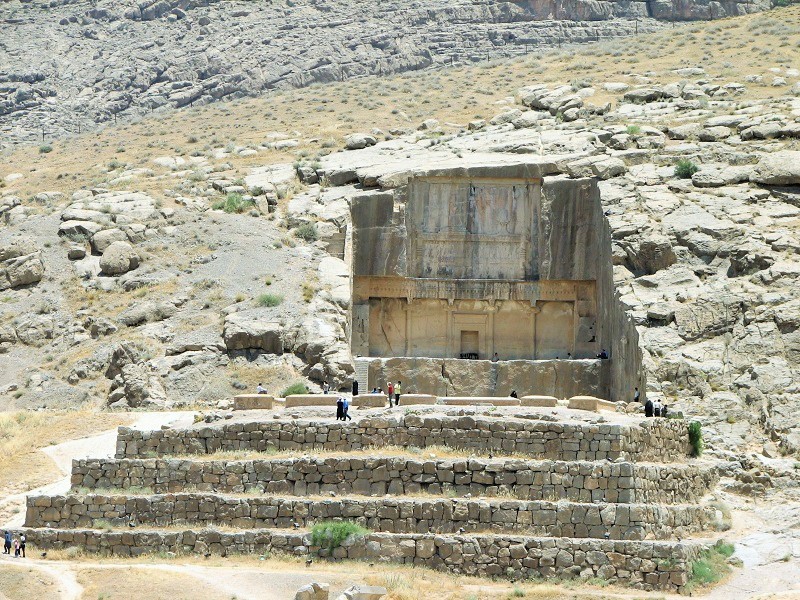
 در تخت جمشید_crop_2.jpg)






Choose blindless
Red blindless Green blindless Blue blindless Red hard to see Green hard to see Blue hard to see Monochrome Special MonochromeFont size change:
Change word spacing:
Change line height:
Change mouse type:
